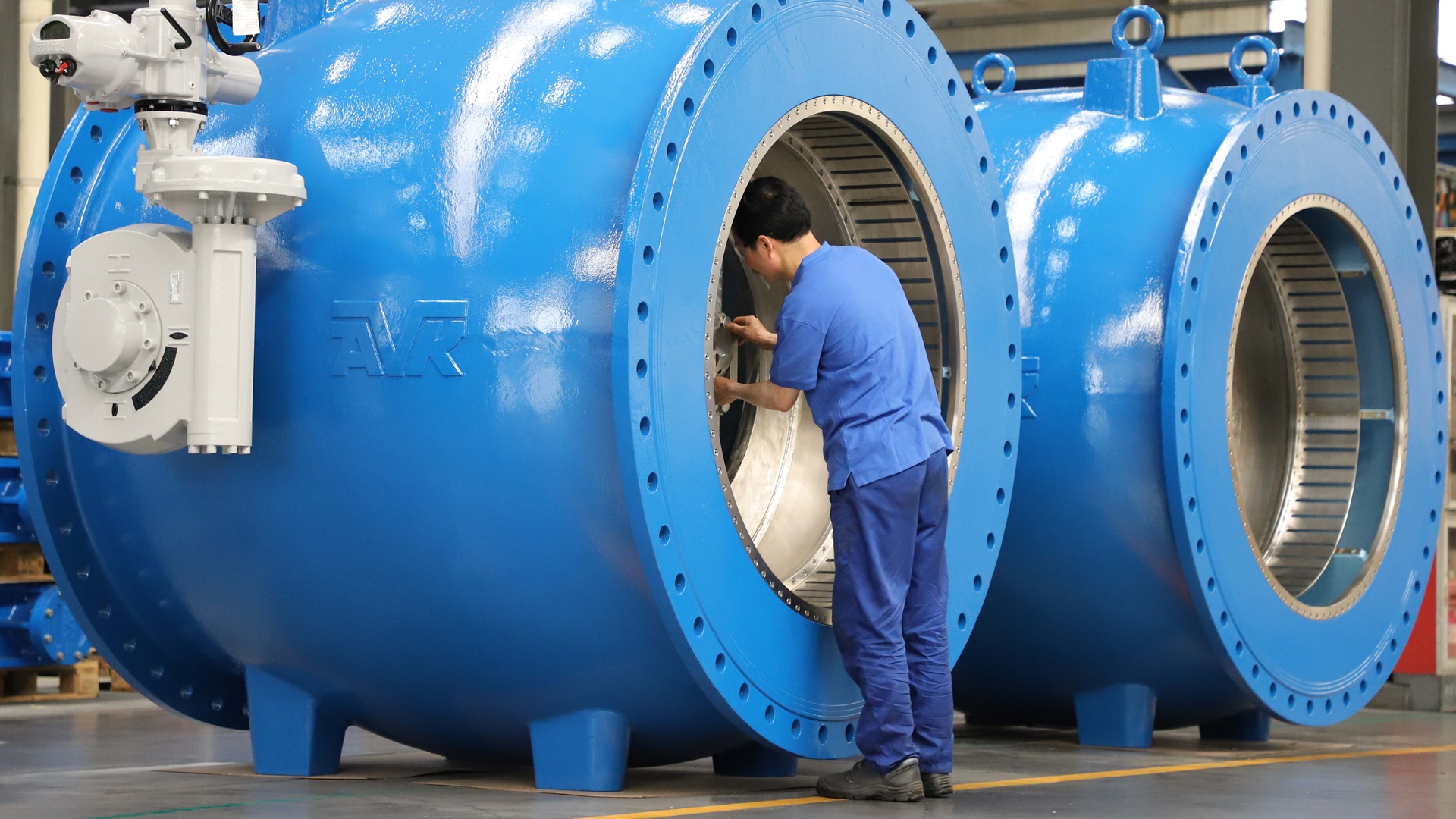
New InterLink: November 2021 edition
Expect stories from the AVK World: Read about some of the latest projects, cases and business highlights from across the Group 💧 Enjoy! 07-12-2021
COP26 in Glasgow is considered our last chance to save the world from a temperature rise of more than 1,5 degrees and thereby dodge further catastrophic changes to our climate.
At the COP26 meeting, the known television legend and presenter David Attenborough stated: “If we are a strong enough force to destabilise the entire planet separately, we ought to be able to save it by working together”.
And from the small island states in the Pacific, it is explained that: “A temperature rise of more than 2 degrees is an absolute death sentence to our islands”.
However, an important deal has been agreed under the meeting in Glasgow. A group of heavy users of coal for energy production has agreed to outphase coal fired plants by 2040.
The question is: Where then should the energy come from?
If you talk to decision makers about the “energy mix” of the future, they almost always point towards wind power or solar energy. And regarding energy optimisation, the same people will consider optimising on buildings or the like. Where is the understanding of water’s importance?
On a global scale, 35-40% of all produced water is wasted in distribution. Producing and transporting water is highly energy consuming, and 35-40% of that energy is there also wasted. A gigantic loss for – simply – no reason.
IEA (International Energy Agency) has calculated that an average municipality uses between 30-50% of their energy expenses on water supply and wastewater handling. If the water infrastructure is made energy-neutral, which is already possible with known technology, the municipality will be able to save up to 40% on the energy bill. IEA has also calculated that if the entire world’s water networks reduced their water loss to below 10%, the savings on energy would be 650 TWH – the same energy output as all coal-fired power plants in Europe.
But the water utilities need to know their place in the future water debate. When the theme of tomorrow’s energy sources is brough up in the public debate, we need to be ready with our argumentation, and be ready to put forward water’s importance in the equation. The more we can highlight the importance to decision makers across the world, the more engagement and investment will be put into optimising the infrastructures, and we get more opportunities to offer our solutions and expertise – all contributing to the UN goals and to avoid the grim scenarios mentioned at the COP26 meeting.
Enjoy reading!
Michael Ramlau-Hansen
